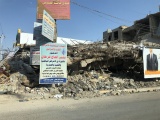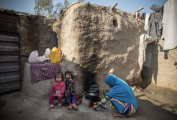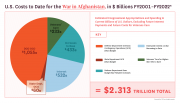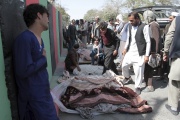Environmental Costs
Wars and military operations contribute significantly to climate change. Military jets and vehicles consume petroleum-based fuels at an extremely high rate, and the vehicles used in the war zones produce tons of carbon monoxide, nitrogen oxides, hydrocarbons, and sulfur dioxide in addition to CO2...












